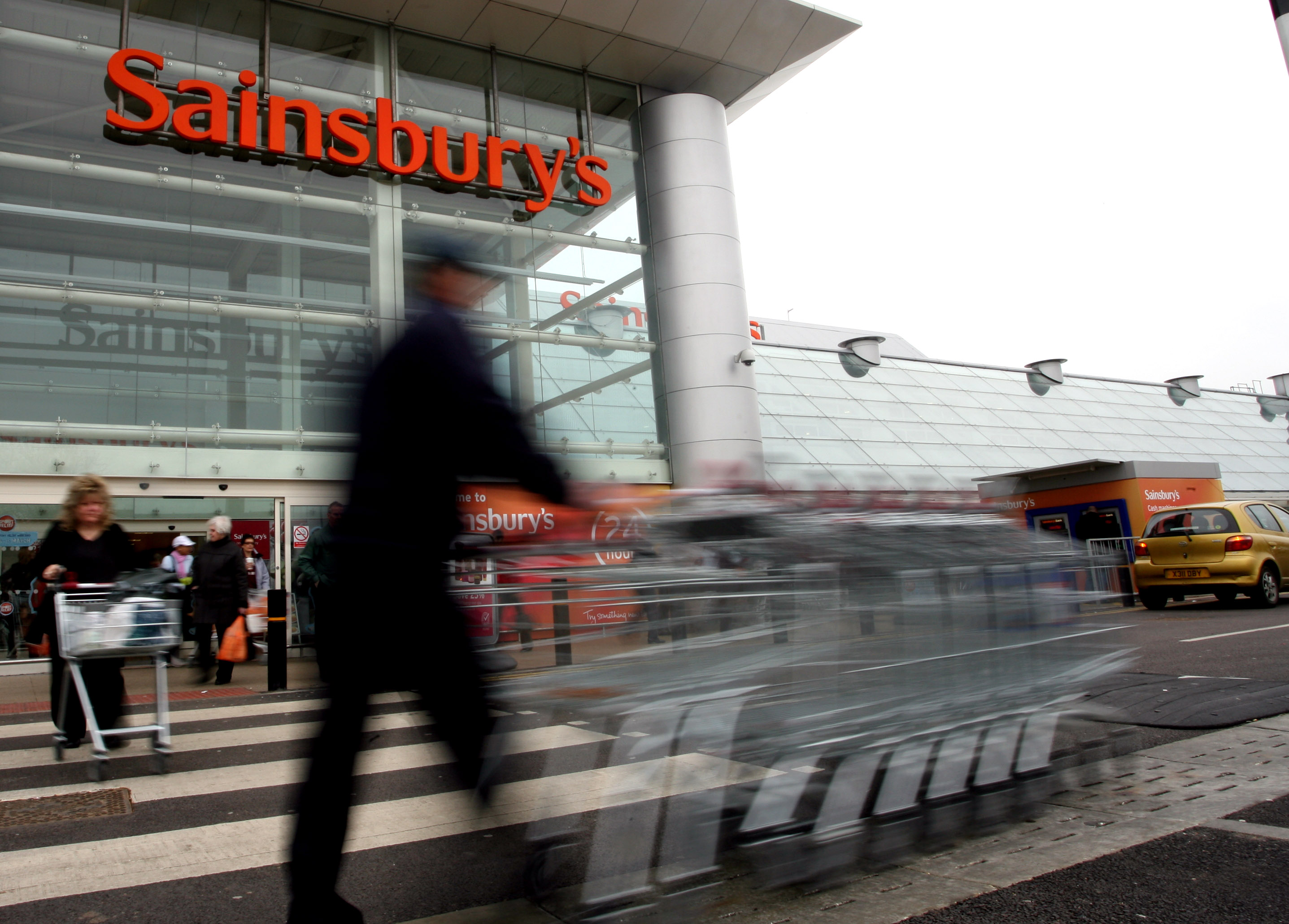Insurance
How competitive are supermarket banks?

Consumers are set to ditch traditional providers and lenders and flock to supermarket banks, according to a report published this week.
Granted, the research comes from Sainsbury’s Bank. But if the figures are to be believed 9.8 million people will take out – or at least consider – a financial product from a supermarket bank this year.
Offers and loyalty schemes play an important role in enticing consumers, the report suggests.
Sainsbury’s Bank, for example, offers double Nectar points for two years on selected insurance and banking products and offers Nectar cardholders preferential rates on loans.
Tesco Bank offers Clubcard points on credit card spending and mortgage repayments, while M&S allows customers to earn points on spending, and receive rewards and vouchers.
Asda does not offer a traditional loyalty scheme after customers said such schemes did not necessarily translate into everyday savings and could be confusing. Instead when Asda launched its credit card in the summer of 2012, it decided to offer unlimited cash back instead, meaning customers reap the rewards in cash, not points.
But while the opportunity to save money on a weekly shop sounds appealing, at the end of the day it is rates that pull in customers.
So, how competitive are supermarket banks?
Kevin Mountford, head of banking at MoneySuperMarket, said: “Supermarket banks are particularly competitive on credit cards and personal loans and have been regularly competing for market leading position, leading to healthy competition in those respective markets.
“For anyone looking for a savings, borrowing or insurances products, supermarket banks will provide a range of products but it is still worth shopping around to make sure you get the best deal available.”
With the help of MoneySuperMarket, we look at what the supermarket banks offer:
Savings
Tesco Bank’s Internet Saver is the leading easy access account among the supermarkets. It pays 1.3% variable and includes a fixed bonus of 0.55% for 12 months. Sainsbury’s Bank’s Extra Saver also offers 1.3% but with no bonus.
This compares to the M&S Everyday Saver account, which pays 0.35% variable.
However, none of the supermarkets beat the market leading AA Internet Extra Issue 13 account, which pays at 1.50% AER.
(Asda currently has no savings products.)
Personal loans
Sainsbury’s Bank Shopper Standard Loan, which is available to Nectar cardholders only, and Marks & Spencer’s Cardholder Loan allow customers to borrow at rate of 4.7%. That means a loan of £7,500 taken out over five years would cost £140.17 per month. This is compared to Tesco’s Personal Loan’s 4.9% APR, which would cost £140.83 per month.
While these rates do not beat market leader Derbyshire Building Society’s 4.6% APR, they are not far off.
(Asda does not currently offer loans.)
Credit cards
The balance transfer market has heated up over the past few months.
Barclaycard currently tops the best buy tables, offering the longest ever interest free period of 31 months.
Among the supermarkets, Tesco offers the best balance transfer deal – 0% for 29 months. However, you cannot apply if you currently hold another Tesco Credit Card.
For purchases, Tesco and Santander take joint pole position, offering 0% for 18 months. M&S credit card is not too far behind with 0% for 15 months.